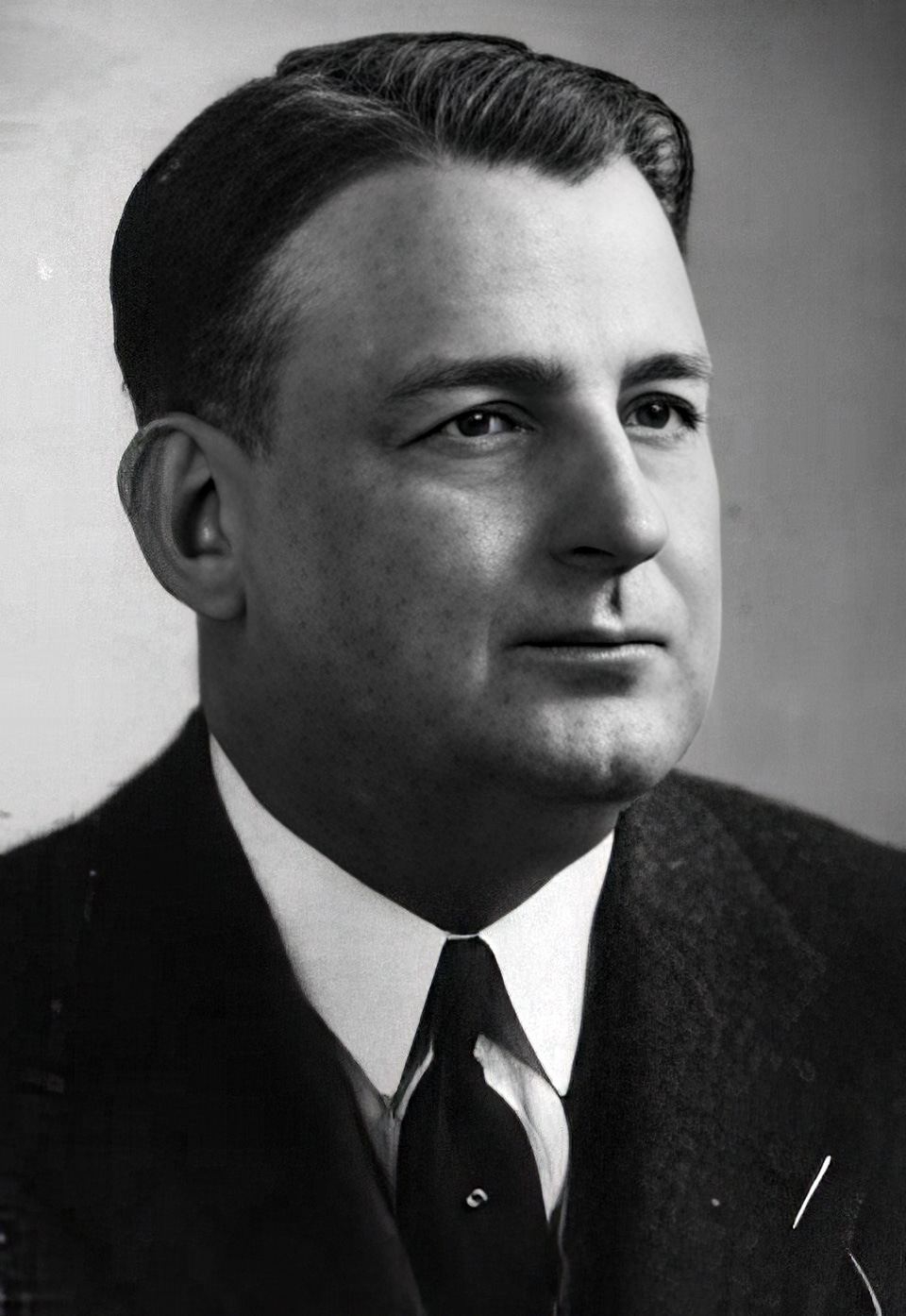RESOURCES
PEOPLE
William Munford Tuck
1896-1983
William Tuck was a conservative Democratic politician who served as the 55th Governor of Virginia from 1946 to 1950. A native of Halifax County in Southside Virginia, Tuck served in World War I and later earned a law degree from Washington and Lee University. He began his political career in the Virginia House of Delegates and quickly rose through the ranks, eventually becoming lieutenant governor and then governor. A fierce defender of states’ rights, segregation, and conservative values, Tuck was a loyal ally of the Byrd Organization, the dominant political machine in mid-20th century Virginia led by Senator Harry F. Byrd, Sr.
During his time in office, Tuck strongly opposed federal intervention in state affairs and worked to preserve Virginia’s system of racial segregation. Although the Davis v. County School Board of Prince Edward County case was filed after his term as governor ended, Tuck’s policies and rhetoric helped shape the environment in which the case emerged. The Davis case, brought by Black students protesting unequal conditions at Robert Russa Moton High School, eventually became one of the five cases combined into the landmark Brown v. Board of Education Supreme Court decision in 1954. While Tuck did not play a direct legal role in Davis, his administration had already taken steps to limit the influence of civil rights organizations like the NAACP and to reinforce Virginia’s commitment to “separate but equal” schooling.
After leaving the governorship, Tuck remained an influential figure in Virginia and national politics. Elected to the U.S. House of Representatives in 1953, he continued to champion segregationist causes and was one of the signers of the 1956 Southern Manifesto, which condemned the Supreme Court’s ruling in Brown and encouraged Southern states to resist desegregation. Tuck’s role during the Davis case was less about immediate involvement and more about the broader political and ideological groundwork he helped to establish—groundwork that would inform Virginia’s Massive Resistance campaign and shape public education and civil rights policy in the state for decades.
